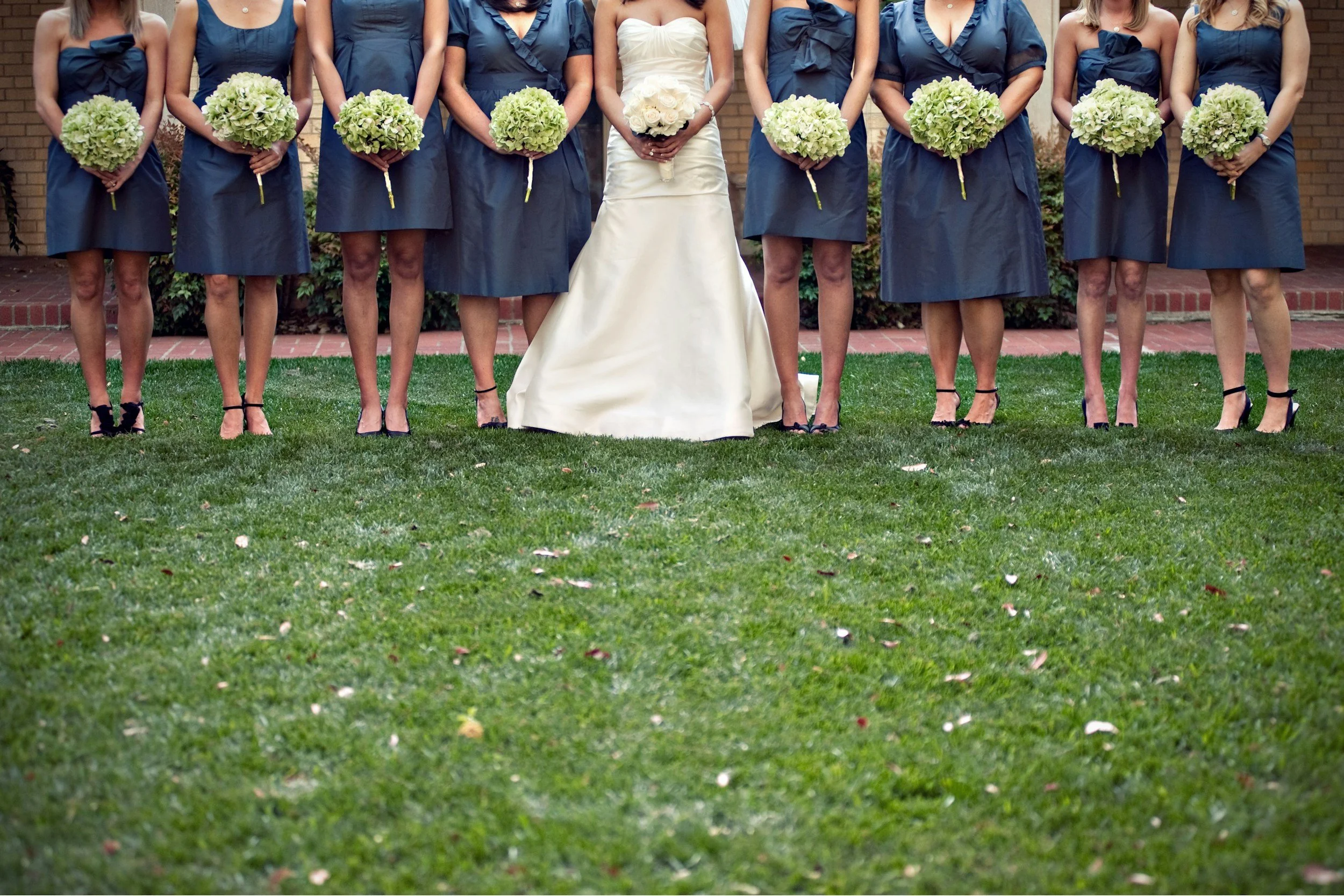Yuletide Folklore: The Folklore Behind Some of Our Favourite Traditions
Happy Holiday Season, everyone! From Halloween to Hanukkah and beyond, we're well into the annual period of wintry festivities. Whichever you choose to celebrate, I hope you enjoy yourselves and stay safe.
For Christmas, I'm looking at some familiar tropes of this time from across English culture. Join me as I travel through history, exploring the folklore behind some of our favourite traditions.
How the Robin Got its Blush
Twice voted Britain's national bird - in 1960 and 2015 – robins are synonymous with the festive season. Like many of our present Christmas traditions, this connection originates in the Victorian era. The first postmen wore red uniforms. Robins, on the cards they delivered, became symbols of this new popular service.
The bird also has an older role to play. We find it in Christian mythology - by which I mean the more apocryphal stories, compared to those in established faith. In this case it’s a creation story for a certain famous bright chest. You see, O Best Beloved, the humble robin was once brown all over – until it met Jesus himself.
According to one narrative, the bird shielded the infant Christ from a makeshift fire in the Nativity stable. Another involves the robin encountering Jesus’ blood at Calvary [some say it plucked a thorn from the Crown of Thorns, drawing blood with it, while others mention physical contact with a wound just before burial]. The subsequent ‘robin redbreast’ is either a permanent burn or a permanent dye: a mark of charity.
This kindness isn’t limited to God, though. Another fable is that robins will cover the otherwise-unburied dead with leaves, as they do for the Babes in the Wood in the Norfolk ballad of the same name.
Beyond the Grave
Speaking of ‘babes’, folklore states that babies born on Christmas Day are lucky – or, sometimes, unlucky. They’re animal whisperers and more likely to be able to see ghosts.
At first glance the festive season isn't necessarily a time to associate with death, but the winter solstice is a gateway time of the year in Celtic mythology. Even today, we can’t help but think of loved ones, living or dead, while we celebrate. Ghosts in particular are therefore a major theme, maintained and reinterpreted over the years, of English Yuletide culture.
In Hamlet's opening scene, the king’s ghost is sent back to his grave by the cockerel crowing in the morning. Marcellus, a minor character, tells how the bird crows all night long at Christmas, thus keeping the holiest time of the year free and safe from any evil influences:
'No spirit dare stir abroad.
The nights are wholesome. Then no planets strike,
No fairy takes, nor witch hath power to charm,
So hallowed and so gracious is that time.'
Two hundred years after William Shakespeare, Charles Dickens took the trope in a different direction for what is arguably the most famous ghost story of all. In A Christmas Carol restless spirits do, in fact, ‘stir abroad’. They’re forever tied to the living world, regretting the chains they forged in life and cannot break in death. It’s simply too late for them.
But not for us. Ghost stories are here to remind us that we cannot change the past, however much we may regret some decisions. It means that all our focus is on the present and making better choices for the future.
Table Treats
There are even legends surrounding our food, especially dessert. I'm usually up for a bit of chocolate cake, so imagine my surprise when I discovered that yule logs - in their original form - weren't edible! Also known as a yule clog or Christmas block, it was an actual piece of large wood, selected to burn on the family hearth. Lit by the last remnants of the previous year’s log, the household’s good fortune for the next year depended on how long it lasted.
There would be a party after the log was lit. Christmas merry-making originates in Ancient Rome’s Saturnalia celebrations. Held over seven days in December, this festival honoured Saturn, the Roman god of time, dissolution, and plenty (among other things). As such, the festival was a time where social norms could be turned on their heads: masters waited on their servants for a change.
While the Romans did leave Britain, parts of this particular tradition remained. In the Tudor era, social chaos was expressed through Misrule. In larger households, someone who was normally of lesser rank would be appointed the King, Lord, or Abbot of Misrule. They would oversee Yuletide celebrations: pageants, hobby horses, mummers’ plays. We can see the same sort of chaos today in panto season.
How was the King, Lord, or Abbot of Misrule chosen? The answer is simple: sheer good fortune. A single bean was baked into the household’s Christmas cake. Whoever got the slice containing it would become the master of Yuletide revelries that year. England doesn’t have Lords of Misrule today, but maybe they’re why it’s considered lucky to get the coin in the Christmas pudding.
Here We Come A-Wassailing…
Wassailing is an Old English word – a toast, wishing others to be whole or be well. 25th December was a pivotal date in Anglo-Saxon England. Not only was it the day the year began, but it was in this era that the Church chose the winter solstice as the period to celebrate Jesus’ birth. It united the two most prevalent faiths in Europe at the time (Christianity and various Pagan traditions) in their respective celebrations.
Wassailing further reflects this harmony. There are two types of it; first is orchard visiting. In cider-producing counties in the south of England, apple trees would be toasted and given offerings – including in song form – to ensure a safe, plentiful harvest for the next year.
Then there’s house-visiting, where those of poorer social status would go to the door of wealthier households, singing and offering a cup of spiced ale: the wassail bowl. While this was usually peaceful, they expected something in return, usually some sort of protection. Modern-day carolling suggests slightly menacing possibilities from this good-natured tradition in We Wish You a Merry Christmas:
‘And we won’t go until we’ve got some,
And we won’t go until we’ve got some,
And we won’t go until we’ve got some,
So bring some out here.’
The Holly and the Ivy
Not all Christmas carols come from the Christian faith, although they are related. While The Holly and the Ivy links the former plant’s berries and spikes to Jesus’ blood and the Crown of Thorns, the lyrics are based in Celtic mythology, where trees were of great importance.
Originally the holly bush, known until the fir-preferring Victorian era as a Christmas tree, represented masculine energy. Ivy was the feminine presence. Together boys and girls in corresponding costumes went around their local villages ensuring fertility in nature for the coming Spring. As an evergreen, ‘the holly bears the crown’ up until the winter solstice. The throne belongs to the oak tree as days lengthen into summer.
However, the resilient holly doesn’t go down without a fight. Indeed, the Holly King seems to have been a popular antagonist in Yuletide mummers’ plays. He was a strong, giant-ish character who wore holly somewhere on his person. In culture, he may have inspired the Green Knight in Sir Gawain’s Arthurian tale. You can definitely see him in the Ghost of Christmas Present.
Eventually all of these versions of the Holly King are defeated in some way – at least, they leave the protagonist alone. It’s an essential reminder that, while the winter months are hard, better times are just waiting to be renewed. Soon.
Written by E.A. Colquitt
E.A. (Eleanor Anne) Colquitt is an emerging writer. She is currently working on her first novel, with shorter pieces most recently published by Lucent Dreaming and Reflex Fiction.
One of the first contributors to The Everyday Magazine, her latest project here is 'Sacred England': a series on English places and their corresponding mythologies.
Find her blog here: eacolquitt.wordpress.com









